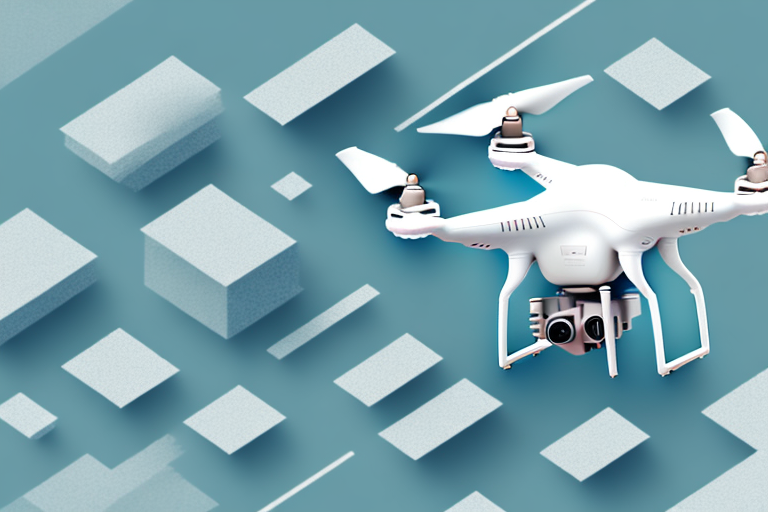Understanding the Basics of Top-Down and Bird’s-Eye-View Shots
Top-down and bird’s-eye-view shots captured with a drone offer a unique perspective that can elevate your photography to new heights. These techniques allow you to capture scenes from a high vantage point, providing a different angle and a broader view of the subject matter. To master this style of photography, it is essential to understand the basics and intricacies involved.
The top-down shot, as the name suggests, involves capturing the scene from directly above, looking straight down. This technique is commonly used to showcase patterns, shapes, and symmetry. On the other hand, the bird’s-eye-view shot offers a more angled perspective, with the camera positioned at an elevated point, providing a broader view of the surroundings. Both these techniques can create stunning and impactful images when executed correctly.
When capturing top-down shots, it is important to consider the lighting conditions. Shadows can play a significant role in adding depth and dimension to the image. Experimenting with different times of the day can result in unique and visually appealing photographs. Additionally, adjusting the camera settings, such as aperture and shutter speed, can help achieve the desired effect.
The Advantages of Using Drones for Top-Down and Bird’s-Eye-View Photography
The use of drones has revolutionized the world of aerial photography, making it more accessible and convenient than ever before. Drones offer several advantages when it comes to capturing top-down and bird’s-eye-view shots. Firstly, they provide the flexibility to position the camera at any desired altitude and angle, enabling you to frame the shot precisely as you envision it. Additionally, drones can reach heights that were previously unattainable for traditional photographers, opening up a whole new dimension of creativity.
Another significant advantage of using drones for aerial photography is their ability to capture dynamic, sweeping shots with ease. Drones can smoothly fly in various directions, allowing you to capture the scene from multiple angles and perspectives. This versatility adds a level of dynamism to your photographs, making them more visually engaging.
Furthermore, drones equipped with advanced stabilization technology can ensure that your aerial photographs are incredibly sharp and clear. This is especially important when capturing top-down and bird’s-eye-view shots, as any blurriness or distortion can significantly impact the overall quality of the image. With drones, you can achieve stunningly crisp and detailed photographs, showcasing every intricate detail from above.
Essential Equipment for Capturing Top-Down and Bird’s-Eye-View Shots with a Drone
Before venturing into top-down and bird’s-eye-view photography with a drone, it is crucial to have the right equipment to achieve the best results. The following are some essential tools you should consider:
1. Drone: Invest in a high-quality drone with good stability and maneuverability. Look for features such as a reliable GPS system, long battery life, and a robust camera capable of capturing high-resolution images.
2. Remote Controller: Ensure your drone comes with a reliable and responsive remote controller for precise control over its movements.
3. Camera Settings and Filters: Master the various camera settings on your drone, such as ISO, shutter speed, and aperture, to achieve optimal exposure and sharpness. Additionally, consider using filters to enhance the colors and reduce glare in your images.
4. Memory Cards: Invest in high-capacity memory cards with fast read and write speeds to store your aerial photographs effectively.
5. Landing Gear and Propeller Guards: Properly equipping your drone with landing gear and propeller guards can help protect it from potential damage during takeoff, landing, and collisions.
6. ND Filters: Consider using neutral density (ND) filters to control the amount of light entering the camera lens. ND filters are particularly useful when shooting in bright conditions, as they allow you to achieve slower shutter speeds and create smooth, flowing motion blur in your aerial shots.






